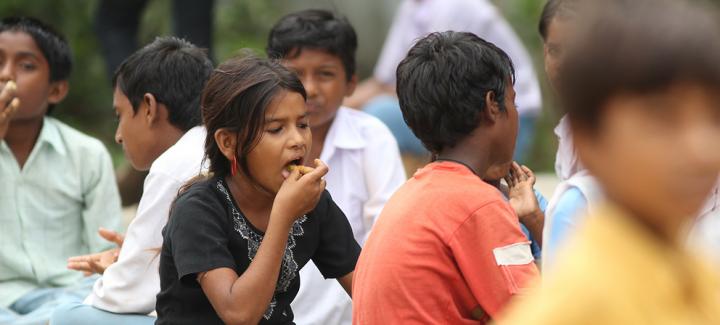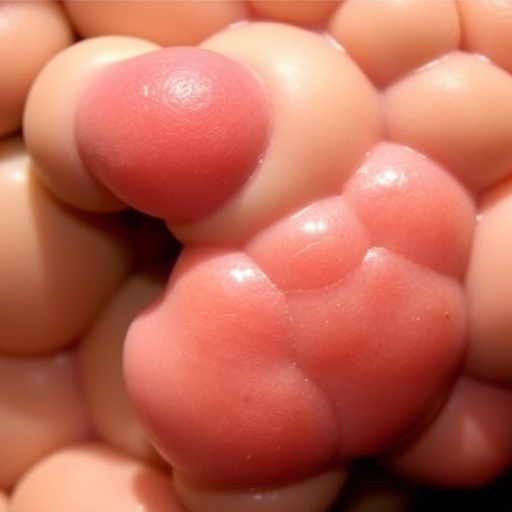
Credit: Lancaster University
The nutritional benefit of rice and sugar distributed by a national food subsidy programme in India may be limited, says new research published today.
India’s main food subsidy program, the Public Distribution System (PDS) provides sugar, rice, and wheat to households at reasonably low costs to improve their nutrition intake and attain food security.
Although the programme aims to improve nutritional outcomes through its subsidies, the research team saw no evidence of improvements when children received subsidized rice and sugar.
‘Subsidising rice and sugar? The Public Distribution System and Nutritional Outcomes in Andhra Pradesh India’, carried out by a research team from Oxford and Lancaster Universities, the BITS Pilani in India, and Bocconi University in Italy, is published in the Journal of Social Policy.
Today, one in every nine people in the world is hungry. In India, 38% of children under 5 experience long-term malnutrition that impact their growth, cognition and psycho-social development and perpetuate a cycle of intergenerational poverty. This already alarming situation is compounded by the Covid-19 outbreak and the measures to contain it.
Food subsidy programs are a key component of efforts to combat food insecurity and malnutrition around the globe, including in India.
Subsidy programs can offer important caloric and nutrient supplementation, and may also free up income for households to spend on other vital items. However, it is also possible that subsidizing items of limited nutritional value can promote unhealthy dietary patterns.
“Importantly, our findings suggest that nutritional outcomes and food subsidies need to be considered over time rather than as a snapshot. This is essential for understanding not just the short-term effects of subsidies, but also the association with long-term nutritional outcomes,” said Dr Jasmine Fledderjohann, of Lancaster University.
“The subsidised foods available in the PDS may very well prevent severe malnutrition in the short-term by addressing caloric deficiencies, but rice and sugar subsidies appear not to improve longer-term nutritional outcomes,” she explained.
“Our findings suggest the subsidies should be carefully reviewed. It is possible that other more nutrient-dense foods could offer greater benefits for improving nutrition,” said Dr Sukumar Vellakkal of the BITS Pilani Goa campus.
The study also found that, particularly for wealthier households, the subsidies encouraged the consumption of less nutritious foods, with children in households receiving sugar subsidies snacking on sugary treats.
They also found that boys received more rice and sugar than girls, which is consistent with broader evidence of son preference in India.
A range of previous research has found no evidence of gender disparities in food consumption, but this body of research has generally focused on whether or not boys and girls consumed specific foods, and not on the quantity of those foods.
Findings in this report suggest that girls may receive the same food items as boys, but in more limited quantities.
Data on children’s nutrition came from the longitudinal Young Lives Survey, conducted in Andhra Pradesh.
The study constitutes an important contribution to the evidence on food subsidy schemes and nutrition outcomes.
As countries around the globe struggle to feed their populations in the midst of record unemployment, food system disruptions, and social distancing associated with the COVID-19 pandemic, careful consideration of what items are included in food aid programs and what the long-term consequences of specific programs of food provision are is vital.
Findings from this study highlight that it is important from a long-term perspective to consider carefully the nutritional value of foods on offer through state provisioning. Addressing caloric shortfalls in the short-term may save lives, but subsidized food items of limited nutritional value may not improve longer-term problems.
###
Media Contact
Gillian Whitworth
[email protected]
Related Journal Article
http://dx.




